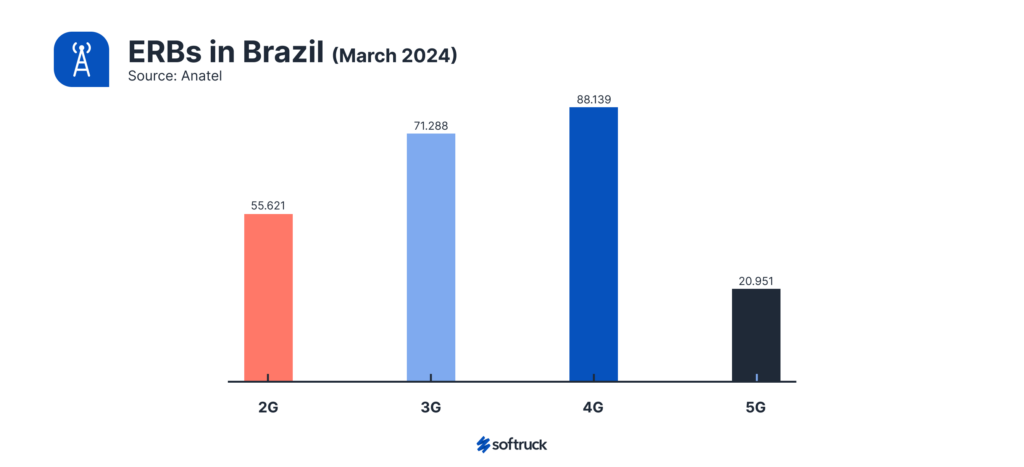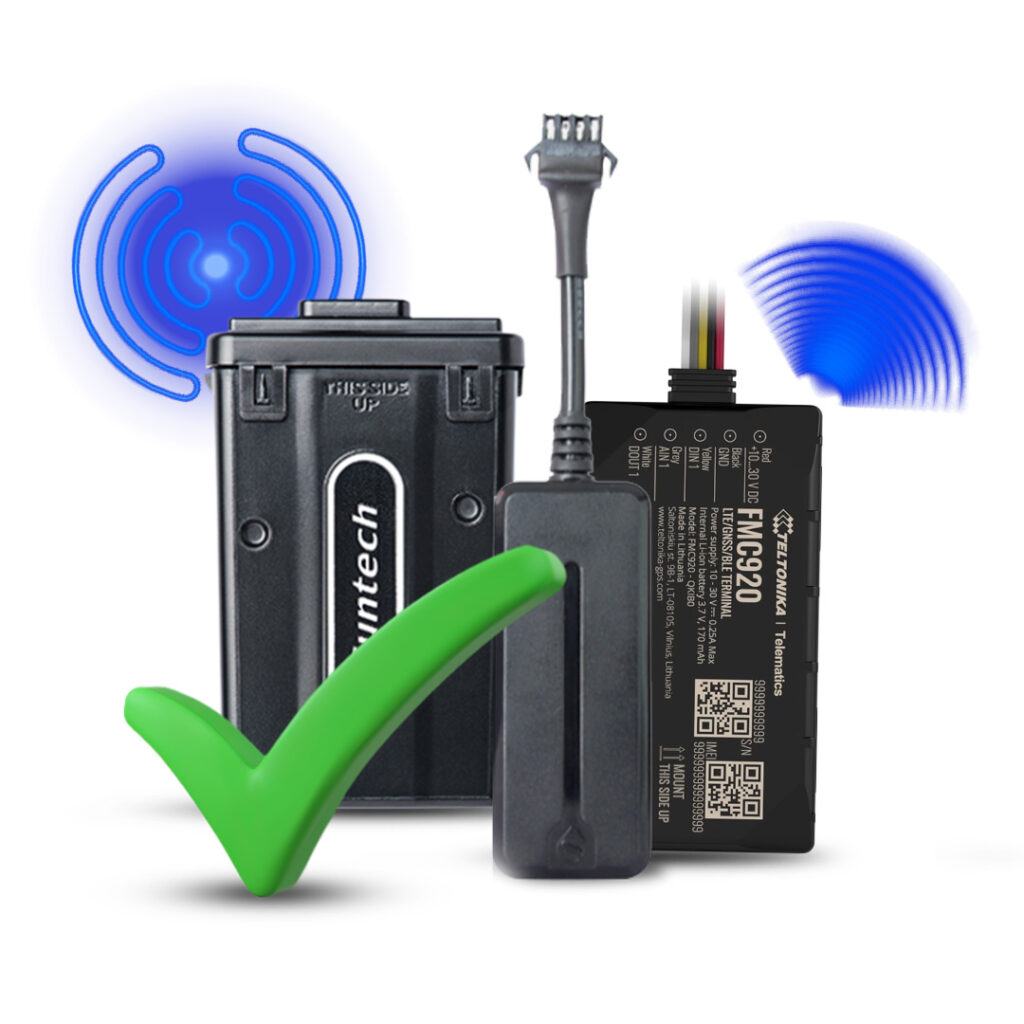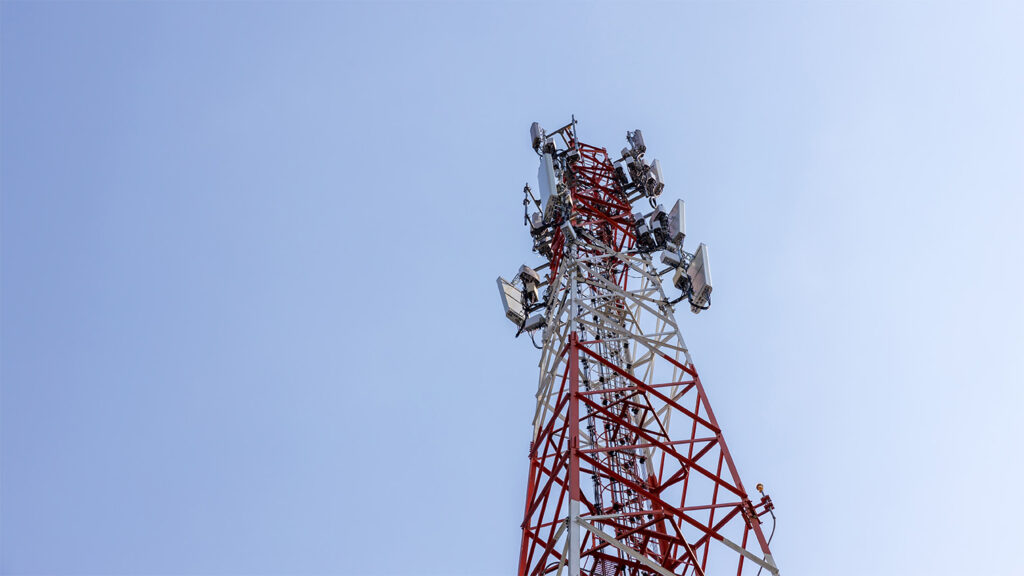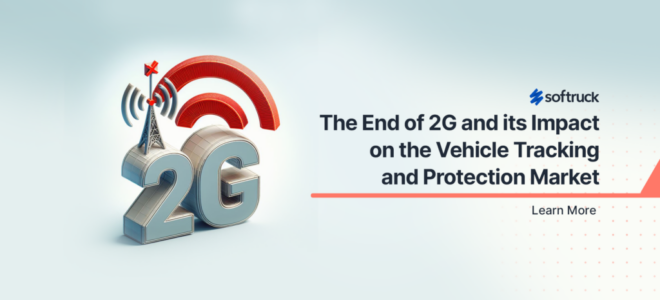The End of 2G and Its Impact on the Vehicle Tracking and Protection Market
With the rapid advancement of mobile technology, 2G is gradually coming to an end in many parts of the world. This change not only affects cellular phone services but also has significant implications for sectors relying on mobile communications, such as the vehicle tracking and protection market, mobile payment, and telemetry.
In this article, we will explore what the end of 2G specifically means for the vehicle tracking and protection market, which is constantly evolving, and also see how companies in this sector are adapting to this transition.
The End of 2G
2G, one of the early generations of mobile technology, is becoming obsolete due to the rapid advancement of 4G and 5G networks. However, the transition process is not as fast as some people think; it is a gradual change that can vary depending on the mobile operator and region.
However, some 2G networks are being shut down to free up spectrum for more advanced technologies and to meet the growing demand for high-speed mobile data. This can be positive because 4G and 5G technologies handle communication and signal problems better, such as in the case of famous shadow areas that many operations face in their day-to-day operations and that can cause disconnections, among other issues.
On the highways and roads of Brazil, for example, we see how the lack of high-speed networks (4G and 5G) is felt, and how this directly influences the problems faced by fleet and valuable cargo management and monitoring operations across the country.

Some numbers related to the decline of the 2G network in Brazil
In numbers, we can also see that 2G transmission antennas as well as the number of municipalities served by them are becoming increasingly scarce, as you can see in the following graphs:


This transition is taking place with the approval and encouragement of Anatel – the National Telecommunications Agency. At an event with industry entrepreneurs, Futurecom, Anatel’s president, Carlos Baigorri, spoke on the subject and announced that the agency has opened “Measures to promote technological transition from 2G and 3G standards to 5G”.
This means that devices that rely exclusively on 2G for communication, such as vehicle trackers, may lose support with these networks being deactivated, depending on the region where they become inoperative.

Adaptation and Innovation
The adaptation of the vehicle tracking and protection market to higher-speed mobile networks will have to happen, as the transition of mobile network technology is already a reality.
Such adaptation to more advanced networks must be done through the deployment of tracking devices compatible with 4G and 5G networks, as well as the migration of existing customers to these new technologies.
Here at Softruck, for example, several fleets of customers using our vehicle tracking and monitoring technology for their operations are already updating the network of their trackers and in some cases, the models of their trackers (when they support only 2G technology). In this regard, Softruck has a wide variety of 4G trackers approved to support our customers.
And what do we suggest you do in your operation?
With all this data mentioned above, as well as Anatel’s movement accompanied by mobile network operators to start this transition, we recommend that your company also begin to make gradual exchanges in its base.
A good option, for example, is to update your operation with trackers that are 4G CAT1 + 2G, that is, that have 4G with fallback to 2G networks. So that the exchange of these trackers is done in an organized manner, we recommend that companies start recalling the equipment of customers who have only 2G.
In addition, to reduce the impact and dissatisfaction of customers, a communication campaign can be carried out informing how the change to a more modern equipment, with new technologies, will generate benefits in the service provided and consequently more peace of mind and security for the tracked assets of the customers.

In fact, if you are thinking about which models of 4G trackers to buy for your operation, we recommend that you contact our sales team right now. Here at Softruck, we have several models of approved 4G devices.
Challenges and Opportunities
While the end of 2G presents challenges for the vehicle tracking and protection market, it also opens up opportunities for innovation and growth.
Companies that can adapt quickly to new technologies and offer advanced solutions will have a significant competitive advantage.
Moreover, the transition to faster and more efficient networks can improve the quality and reliability of services offered, benefiting both companies and customers.
Why choose Softruck for the transition of your operation to 4G and 5G?
An example of a company at the forefront of innovation in the vehicle tracking and protection market is Softruck. This is because we specialize in software and technology solutions for fleet monitoring and vehicle security, Softruck has stood out for its customer-centric approach and its commitment to technical excellence.
With an experienced team and solutions tailored to the needs of the constantly evolving market, Softruck is poised to lead the industry in the post-2G era.

Conclusion
The end of 2G represents an important milestone in the evolution of mobile communications, with significant impacts on the vehicle tracking and protection market.
With innovation and adaptation, the vehicle tracking and protection market are poised to thrive in a post-2G world.

